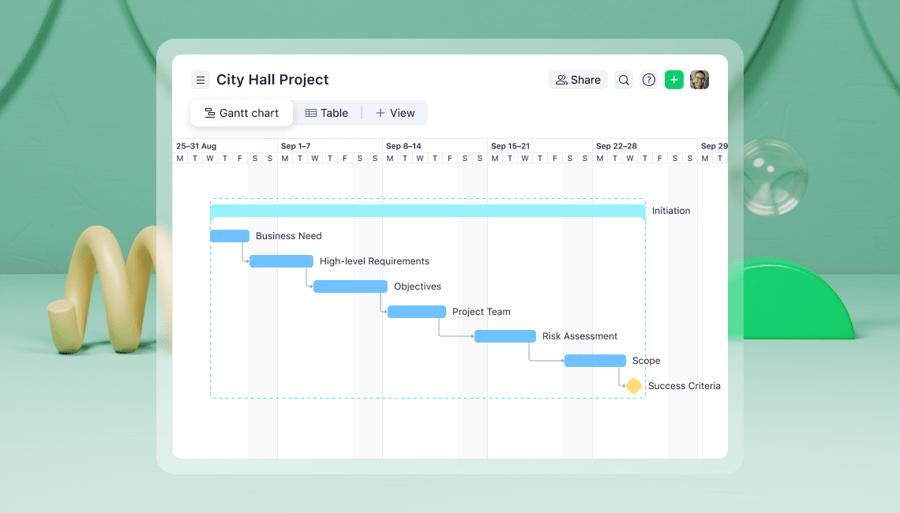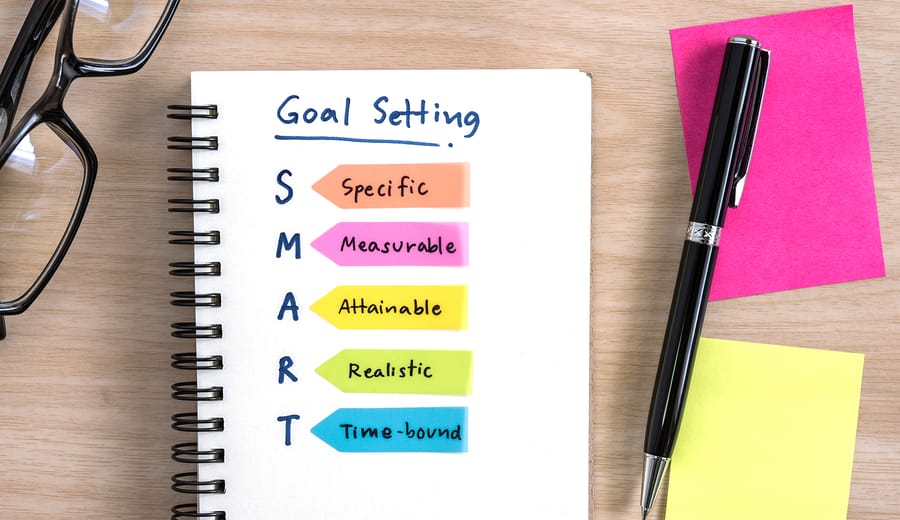Key takeaways:
- What is a process improvement plan? It’s a documented method for analyzing and enhancing processes, aimed at increasing quality and efficiency within an organization.
- Why do PMs need a process improvement plan? It helps reduce inefficiencies, optimize production time, and improve the quality of deliverables in project management.
- What are the key steps to build a process improvement project plan? Map current processes, assess issues, rebuild the process, assign roles, communicate the plan, and continuously monitor for ongoing improvements.
- How can Wrike assist in process improvement? Wrike allows you to visualize processes, allocate resources efficiently, and identify bottlenecks, streamlining the improvement journey.
- Why is ongoing monitoring crucial? Continuous monitoring ensures that processes remain efficient and prevents stagnation, fostering sustained improvement.
At the heart of any successful professional services or project-based organization, you’ll find a series of well-defined processes. One of the major responsibilities of a project manager is to oversee these processes and ensure team members understand their roles within them. However, as organizations grow and change, processes must be analyzed and updated in order to remain as efficient as possible. That’s where a process improvement plan comes into play.
So, what is a process improvement plan, and how can PMs utilize a project management process improvement plan to continually refresh and optimize their operations? Read on to find out!
What is a process improvement plan?
A process improvement plan is precisely what it sounds like: a plan to improve processes, whether at the company or organizational level or within individual departments and teams. Put another way, the process improvement plan is a documented, deliberate method for analyzing current processes and procedures, identifying weaknesses and bottlenecks, and creating ways to improve quality and efficiency.
Process improvement plans help project managers and their teams find ways to reduce wasted or inefficient efforts and improve production time without compromising the quality of deliverables. In fact, with a process improvement project plan in place, teams can deliver higher-quality work at a faster pace.
How to build your process improvement project plan
Process improvement plans are a necessity for any organization seeking to grow, scale, and operate as smoothly and productively as possible. So, how can you develop your own project management process improvement plan? Here are six simple steps to guide you on your process improvement journey.
- Map the process in its current state.
Before you can begin improving a process, you need to understand exactly what it looks like as-is. Process mapping will help you visualize how information and knowledge flows within your team and your organization until it becomes a final deliverable. With Wrike, you can easily map out each unique step in your project delivery chain and find ways to improve them. - Assess the process.
With the process properly mapped out, it’s time to analyze each and every step along the way and identify issues. Where are too many resources being used? Is there a lack of support in one step? Where do bottlenecks and delays occur? Keep in mind that the actual cause of a problem may be several layers deep, so do your due diligence to truly sniff out the root of the inefficiency or delay. - Rebuild the process.
Now you’re ready to rebuild a leaner, faster, more efficient process — but you shouldn’t do this in a vacuum. Consult with your team to help ensure you understand the process in its previous form and that you’ve identified all the problem areas. Then, develop the new process with their input; after all, they’re the ones who will actually carry it out, which means they’ll have valuable insight into solutions for optimizing the process from beginning to end. - Assign roles and resources.
Even if you’ve consulted with the primary team involved, the new process may impact other teams or departments, or it may require additional resources outside of your team. If so, make sure to talk with those department heads or managers when assigning roles and allocating resources for the new process. - Communicate and carry out the new, improved process.
With the new process mapped and all roles and responsibilities assigned, it’s time to communicate and execute. Even if your team members have seen the newly mapped process, it’s critical to communicate the plan to carry it out and ensure everyone is on the same page. It’s also important that you have buy-in from the entire team on the new process. If even a single team member is resistant, you could experience a snag in the execution phase. - Monitor the new process and repeat the improvement cycle.
Here’s the most important part of your process improvement plan: it must be carried out on an ongoing basis. Otherwise, the improved process may stagnate and become just as inefficient as the previous one. Continuously monitoring your processes will help ensure they stay as smooth and productive as possible.
Use Wrike to develop your process improvement plan
Mapping, monitoring, and improving processes becomes easier with a project management tool like Wrike. With Wrike, you can visualize every process in your project cycle, see where resources are being allocated and reassign them as needed, and spot bottlenecks as they develop. You can actually test drive Wrike for two weeks for free. Simply fill out the form below and see how it can help you improve your processes beginning today!









